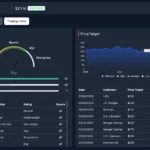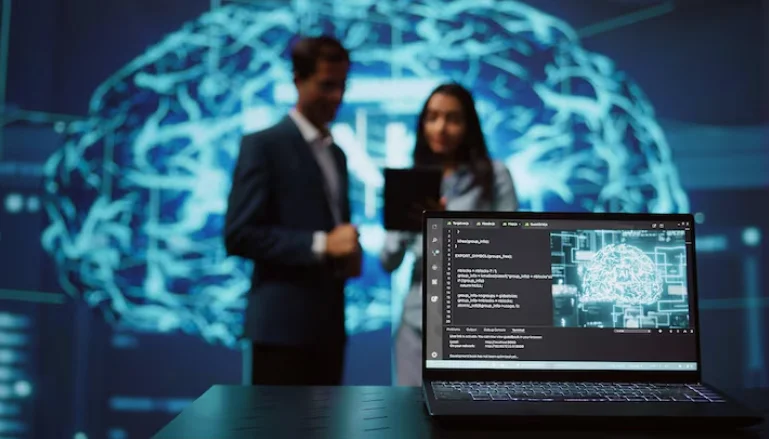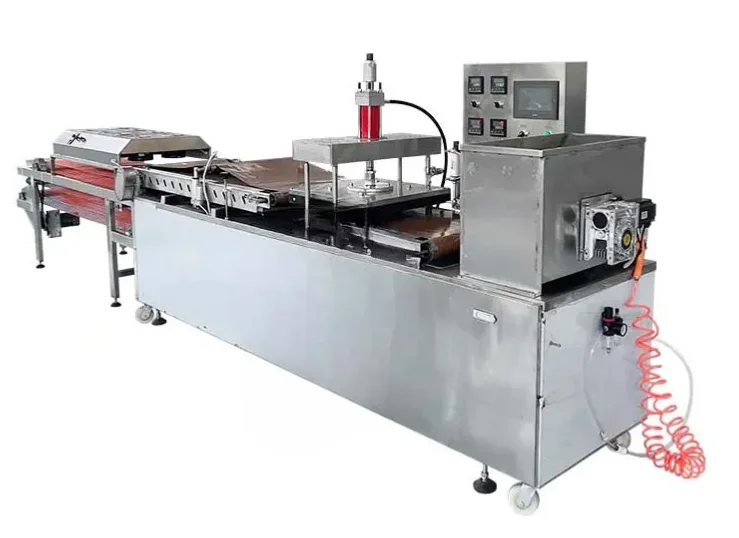Zero Trust in Healthcare: a Deep Dive into SSPM Implementation

Healthcare organizations face various cybersecurity challenges, necessitating innovative approaches to safeguard sensitive data. Zero trust is a concept that has been followed and hailed as a paradigm shift in security strategy. Zero trust fundamentally challenges the traditional notion of implicit trust within networks. In healthcare, where patient data is sacred, adopting a zero trust model means re-evaluating trust assumptions across the entire ecosystem.
SaaS Security Posture Management (SSPM) is a strong factor in translating the principles of zero trust into actionable security policies. By dynamically managing access and enforcing stringent controls, SSPM acts as the guardian of healthcare information integrity.
Understanding Zero Trust in Healthcare
Zero trust, at its core, mandates skepticism even among insiders. Least privilege ensures users access only what’s necessary, Micro-segmentation compartmentalizes systems to minimize lateral movement, and continuous authentication ensures ongoing verification of user identity.
Least privilege: In healthcare, restricting access to the bare minimum necessary reduces the risk of unauthorized data exposure. Employees access only what pertains to their roles, curbing potential breaches.
Micro-segmentation: Breaking down the network into isolated segments prevents lateral movement of threats. This compartmentalization ensures that even if one area is compromised, the entire system isn’t.
Continuous authentication: Traditional authentication at entry is insufficient. Continuous authentication ensures users remain authenticated throughout their session, preventing unauthorized access.
Unique Challenges in Healthcare Security
Sensitive patient data: Healthcare deals with highly sensitive patient information. Protecting this data requires a granular approach, ensuring that only authorized personnel can access and modify patient records.
Proliferation of connected devices: The influx of connected devices in healthcare introduces additional entry points for cyber threats. A robust zero trust model considers these devices potential risks, necessitating strict controls.
Regulatory compliance: Healthcare is subject to stringent regulations. Implementing zero trust addresses compliance concerns by ensuring data protection measures align with industry standards and legal requirements.
The Role of SSPM in Zero Trust
At its essence, SSPM is the guardian at the gate, managing access and permissions with surgical precision.
In zero trust, SSPM ensures that only the right individuals pass through its gates. SSPM is not just a supporting actor but a critical component in fortifying the zero trust architecture. Its role extends beyond traditional security measures, providing dynamic control in an environment where trust is never assumed.
In healthcare, data is not just an asset but a sacred trust, and SSPM shines as a formidable ally. By offering a myriad of security capabilities, SSPM tailors access permissions according to user roles and responsibilities. This ensures that only authorized personnel possess the ability to access sensitive patient information. Moreover, SSPM’s real-time adaptability aligns seamlessly with the fluid nature of healthcare workflows, helping respond promptly to changes in personnel or responsibilities.
Continuous monitoring and fine-grained control over access privileges mean that even within the system, activities are scrutinized. This meticulous oversight prevents potential security risks, providing healthcare organizations the assurance that their data is not just guarded but actively defended.
As healthcare transitions into the digital era and prepares to face inevitable security challenges, SSPM helps bridge the gap between the principles of zero trust and real-world implementation. In this symbiotic relationship, zero trust sets the philosophy, and SSPM translates it into action, creating a robust defense mechanism that adapts, learns, and evolves along with the increasing sophistication of healthcare cybersecurity.
Key Components of SSPM for Healthcare
Identity and Access Management (IAM): In healthcare, where data access is as sensitive as the information itself, Identity and Access Management (IAM) within SSPM becomes vital.
Role-Based Access Control (RBAC): RBAC ensures that each team member has access only to the information necessary for their role. This not only safeguards patient data but also streamlines workflows by granting precisely the right permissions.
Multi-Factor Authentication (MFA): Given the critical nature of healthcare data, a single layer of authentication is insufficient. MFA adds an extra layer, requiring users to authenticate their identity through multiple means, bolstering the defense against unauthorized access.
Real-time policy management: SSPM’s real-time policy management feature is a game-changer. Policies can be dynamically adapted as roles change or new users are onboarded. This ensures that access controls are continuously aligned with the evolving healthcare landscape.
Compliance monitoring and reporting: Healthcare operates in a tightly regulated environment. SSPM not only helps enforce policies but also monitors compliance, providing real-time insights and generating comprehensive reports for auditing purposes. This feature is instrumental in meeting regulatory requirements and maintaining a robust security posture.
Benefits of Zero Trust Implementation with SSPM
Improved data security: Zero trust coupled with SSPM ensures a fortress-like protection for healthcare data. By scrutinizing every access attempt, unauthorized entry is prevented, fortifying the security perimeter.
Enhanced visibility and control: SSPM’s granular control provides healthcare administrators with a detailed view of user activities. This heightened visibility ensures that any anomalous behavior is detected promptly, allowing for swift response.
Reduction in security risks: The synergy between zero trust and SSPM results in a substantial reduction in security risks. By eliminating implicit trust and enforcing stringent controls, vulnerabilities are minimized, creating a more resilient security posture.
CheckRed’s SSPM Capabilities
CheckRed’s SaaS Security Posture Management (SSPM) platform comes with a user-centric design and robust features, and serves as a guardian for healthcare organizations, ensuring the implementation of stringent security policies.
CheckRed’s unique features are tailored to the specific security needs of healthcare, and it checks all requirements for SaaS app security posture enhancement. From seamless integration with existing systems to real-time policy adjustments, it addresses the nuances of healthcare data protection with precision.
CheckRed is not just a tool; it’s a partner in implementing the zero trust framework. Its compatibility seamlessly aligns with the principles of zero trust, offering an adaptive security solution that evolves with the changing healthcare industry. As healthcare organizations continuously undertake security measures to strengthen their data protection, CheckRed becomes a formidable ally, providing the assurance of a robust and adaptive SSPM solution.
How Checkred Facilitates Zero Trust in Healthcare
Seamless integration with healthcare systems: CheckRed understands the intricacies of healthcare systems, ensuring a seamless integration process. This compatibility allows for a non-disruptive implementation of zero trust principles, safeguarding the continuity of critical healthcare operations.
Customizable policies for healthcare environments: Healthcare is not one-size-fits-all, and neither are security policies. CheckRed empowers healthcare organizations with the ability to customize security policies according to their unique environment. This adaptability ensures that security measures align precisely with the specific needs and workflows of the healthcare setting.
Real-time monitoring and alerts: CheckRed’s real-time monitoring capabilities elevate security to a proactive level. Continuous scrutiny of user activities enables immediate detection of any suspicious behavior. Real-time alerts provide a rapid response mechanism, mitigating potential threats before they escalate.
As healthcare faces evolving threats, CheckRed can become an efficient partner in security. Its seamless integration, customizable policies, and real-time monitoring underscore its contribution to the implementation of zero trust.

Pallet Wood Sourcing: Ethical and Sustainable Practices

Understanding Cost-Benefit Analysis for Project Feasibility

9 Best Free Stock Analysis Websites in 2025

Accelerating drug discovery through the DEL-ML-CS approach

AI in Marketing Is No Longer a Buzzword — It’s the Strategy

SuperBox S7 Max: A Complete Review of the Next‑Generation Streaming Box

Executive Leadership in 2025: Navigating AI, Cloud, and Cybersecurity Transformation

Smart watch for Kids That Provides Safety, Style, and Smarts








